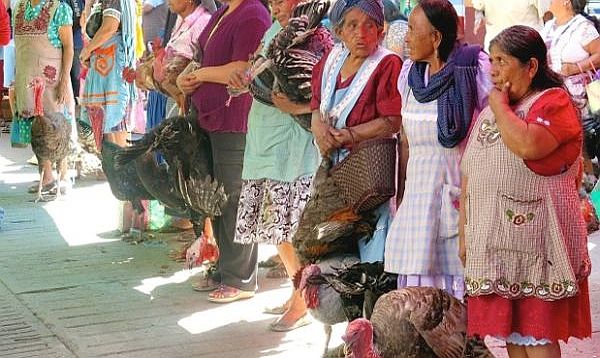On Thanksgiving Day, millions of Americans will sit down to enjoy a traditional turkey dinner. Although the U.S. holiday is only a few centuries old, archaeological evidence suggests that in the central valleys of Oaxaca, Mexico, turkey was on the menu much earlier - starting at least 1,500 years ago.
In fact, the amount of turkey remains found at a site inhabited by the Zapotec people suggests that turkey meals back then were "second only to dog" in popularity, the researchers wrote in a new study.
The archaeologists described excavating the remains of adult and juvenile turkeys; whole, unhatched eggs; and eggshell fragments from two residential structures dated between A.D. 300 and 1200.
The locations and context of the bones and eggshells suggested both domestic and ritual use of the animals, and "multiple lines of evidence" hinted that the breeding and raising of turkeys were commonplace in the region by A.D. 400 to 600, providing the earliest known evidence of turkey domestication, the study authors wrote.
Three subspecies of wild turkey (Meleagris gallopavo) are native to Mexico, and turkey remains were abundant at the site, known as Mitla Fortress. Some remains were found in areas where household trash was buried, but others - both eggs and bones - were uncovered in locations within the residences that were associated with domestic rituals.
The archaeologists also found three individual turkey skeletons in a grave, likely part of a funeral sacrifice. Two blades made of obsidian were also nearby, and were probably used to slaughter the birds.
According to the archaeological record, turkeys were commonly sacrificed by the Zapotec people for a number of rituals associated with marriage, birth and death, and to provide protection against ill health and poor harvests, the study authors wrote.
The importance of turkeys in Zatopec culture was further demonstrated by evidence of turkey bones integrated into daily life. About one-fourth of the turkey bones the researchers found had been modified to serve as tools, such as awls or textile perforators, or to be worn as jewelry.
Read the full article on livescience.com.


